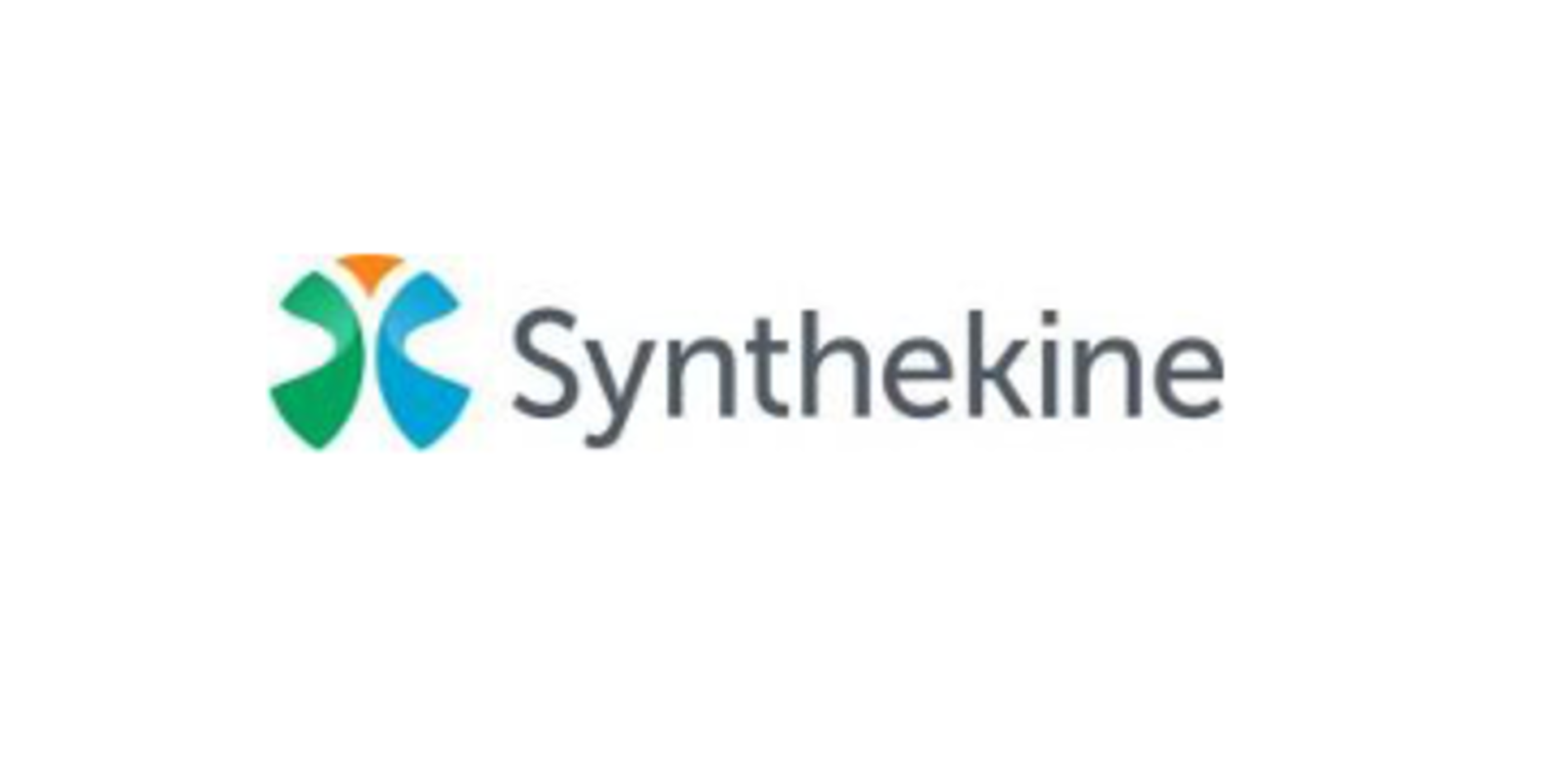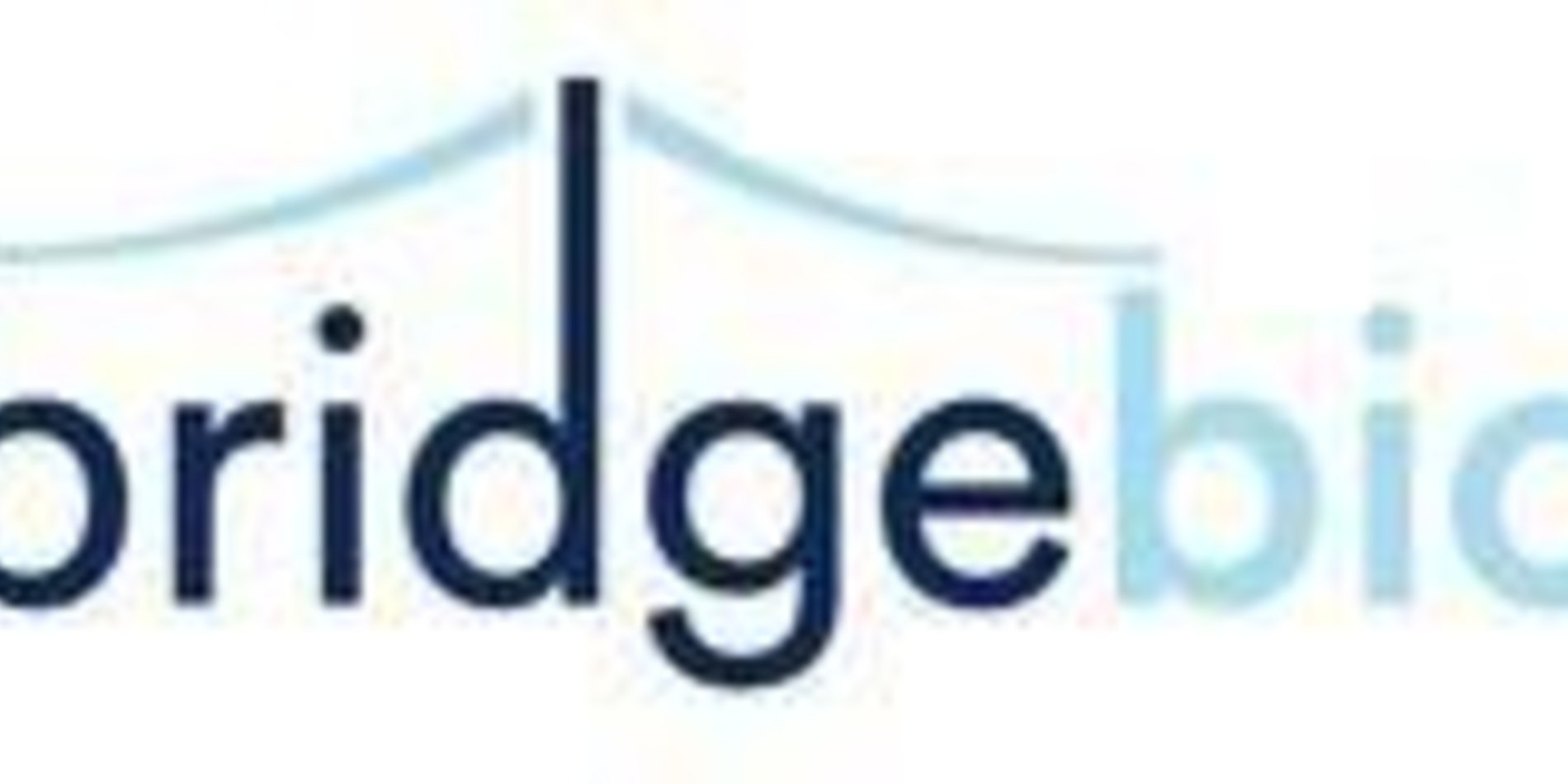OTL's First 50 Years: An Executive Roundtable

In the last months of the 1960s, against the backdrop of civil unrest and a campus in turmoil, a fateful experiment was unfolding at Stanford University. Years before Stanford discoveries would launch the biotech industry or transform the web, an engineer-turned maverick Stanford research administrator named Niels Reimers was piloting a new and innovative model of technology commercialization that would upend how universities around the world fundamentally managed their innovations. Instead of outsourcing licensing operations to an external organization, called Research Corporation, located 3,000 miles away in the Empire State Building, Reimers envisioned an in-house shop empowered to move Stanford ideas to market. His pilot program – made permanent in 1970 – would grow and prove so fruitful that universities from Berkeley to Massachusetts Institute of Technology (MIT) would call on Reimers to help them establish similar offices on their campuses.
Testifying before Congress, Reimers was also instrumental in the passage of bipartisan legislation that enables university innovations to flourish. Working closely with Senators Birch Bayh and Bob Dole, the law he helped champion, the Bayh-Dole Act, enables universities to claim title and advance inventions funded by Federal research grants. As Silicon Valley historian Leslie Berlin has noted, “[Reimers] wanted all universities automatically to have the same rights Stanford had won piecemeal.”
Fifty years into Reimer’s experiment, Stanford’s Office of Technology Licensing (OTL) remains one of the most influential in the world. “They said there’s no career path [for me],” laughs Reimers, who retired from Stanford in 1991. “And I said, if I can enjoy myself for three, four years, that’s a lifetime, because I really enjoyed what I was doing.” Through the decades, iconic technologies from digital music to flow cytometry have entered OTL’s doors as disclosures. One of Reimer’s most memorable cases was the recombinant DNA process developed by Stanford Prof. Stanley Cohen and UCSF’s Herb Boyer in the 1970s. The innovation, which undergirds modern biotechnology, could be used to transform bacterial cells into “living factories” for producing select proteins, with applications from pharma to agriculture and alternative energy sources. In 1981, after six years navigating the trickiest issues of tech transfer – a powerful and controversial technology, apprehensive faculty – triumph. “There were FedEx trucks backed up, delivering [licensing] agreements,” Reimers recalls. Reimer’s decision to widely and non-exclusively license the technology was momentous. The patent would also prove extremely profitable, grossing $255 million in licensing fees and royalties.
“People come to Stanford wanting to know the ‘secret sauce’,” says Kathy Ku, who followed Reimers as the second director of OTL. “They really think there’s some recipe. It’s hard work, and the entrepreneurship ecosystem cultivated by Frederick Terman, the father of Silicon Valley.” Terman, an electronics pioneer, an inspiring educator, and a visionary university executive, sought to create “a community of technical scholars” around Palo Alto in the 1940s and 50s. The $100 he gave two students, William Hewlett and David Packard, to start their company is almost legendary. “The ethos of starting companies – of commercialization – has always been in the DNA of Stanford,” Ku says. “The inventors at Stanford know that OTL is there to enable something, not to stop something from happening.”
Ku’s tenure (1991-2018) witnessed the professionalization of academic tech transfer, a major change to U.S. patent law, and the meteoric rise of an unlikely startup. “One of the things that I 100% believe is that we can’t pick winners,” Ku says. “We did not expect Google to be the big winner it was. My fundamental philosophy has always been to plant as many seeds as possible.” Ku was also a driving force behind the “Nine Points to Consider in Licensing University Technology”, a set of widely adopted principles that encourages creative solutions to complex problems that may arise when universities license technologies for society’s benefit. “The Nine Points are a pledge of allegiance that we as universities transfer technology for the public good,” Ku says.
Today, OTL is directed by Karin Immergluck, who most recently led UC-San Francisco’s Office of Technology Management. Immergluck, who studied molecular developmental genetics at the University of Zürich, says she embraces the challenge of leading an office with a heady legacy. “I came to Stanford knowing and welcoming the fact that I had big shoes to fill,” she says. “But I also think I have very different shoes to fill. We need to keep evolving as the world around us changes.” The Strategic Alliances team Immergluck created to meet the increasingly complex needs of our industry and non-profit relationships is one example. Bolstering OTL’s business development and proactive marketing efforts to bring in more industry-sponsored research collaborations and licensing deals are other examples.
Immergluck says she is “very proud” of the "COVID-19 Technology Access Framework", designed to expedite the commercial development of many pandemic-related innovations via prioritization of those projects and non-exclusive royalty-free licenses. Spearheaded together with Harvard University and MIT, the guidelines spurred collaborative dialogue and were adopted by multiple universities across the nation. But versatile licensing strategies are just one tool in the box, she says, because the questions facing tech transfer loom large. How do we continue to incentivize the broadest possible commercial development of our cutting-edge technologies while also addressing evolving global challenges such as sustainability, social justice and equitable tech accessibility across diverse populations? How will success be defined 10 years down the road? Or another 50 years? “I really look forward to what's to come and to innovating along with the rest of Stanford in terms of how we think about and conduct tech transfer,” Immergluck says.
To all inventors, friends and colleagues: Like so much else, the coronavirus cancelled OTL’s anniversary event last Fall. But stay tuned for news of our “50+1” celebration in the months to come.

